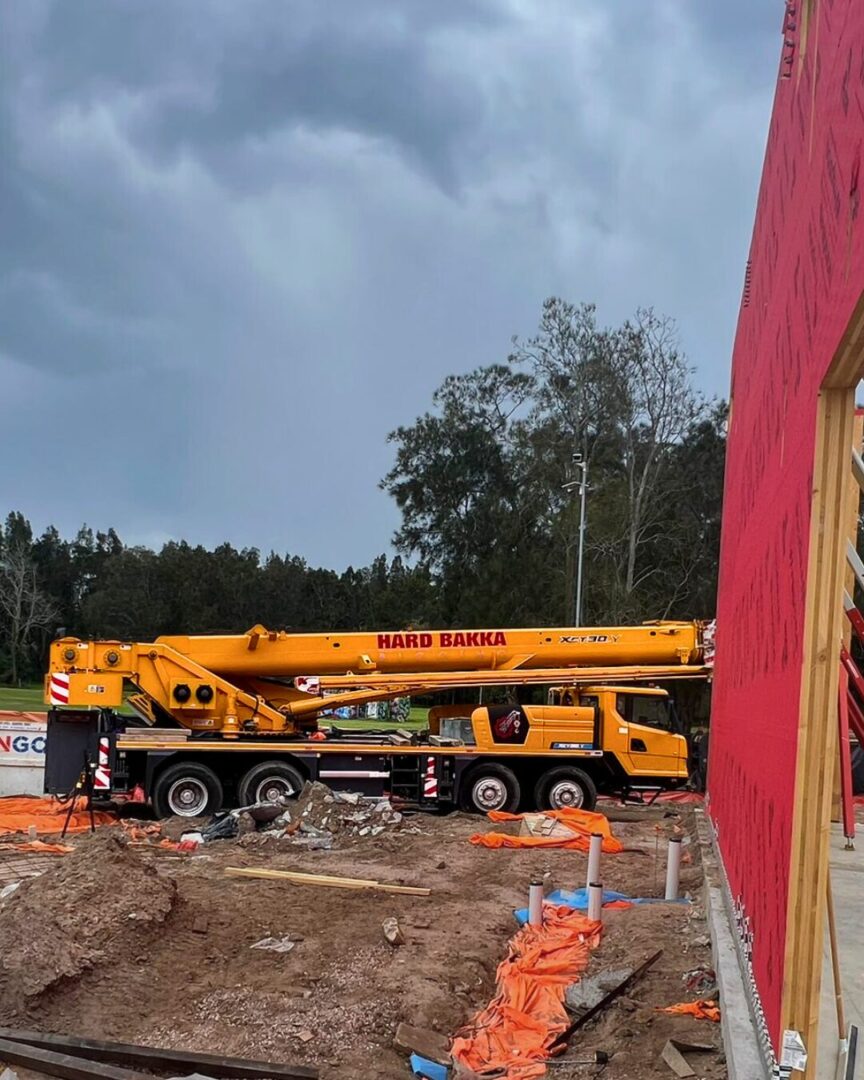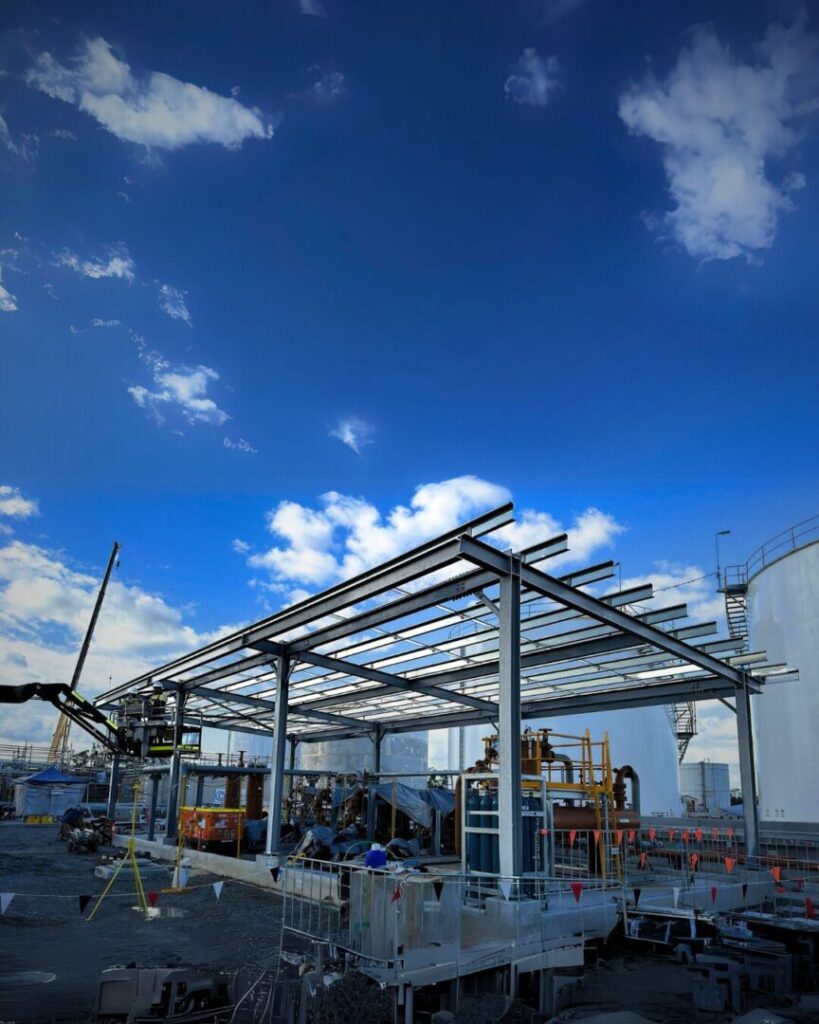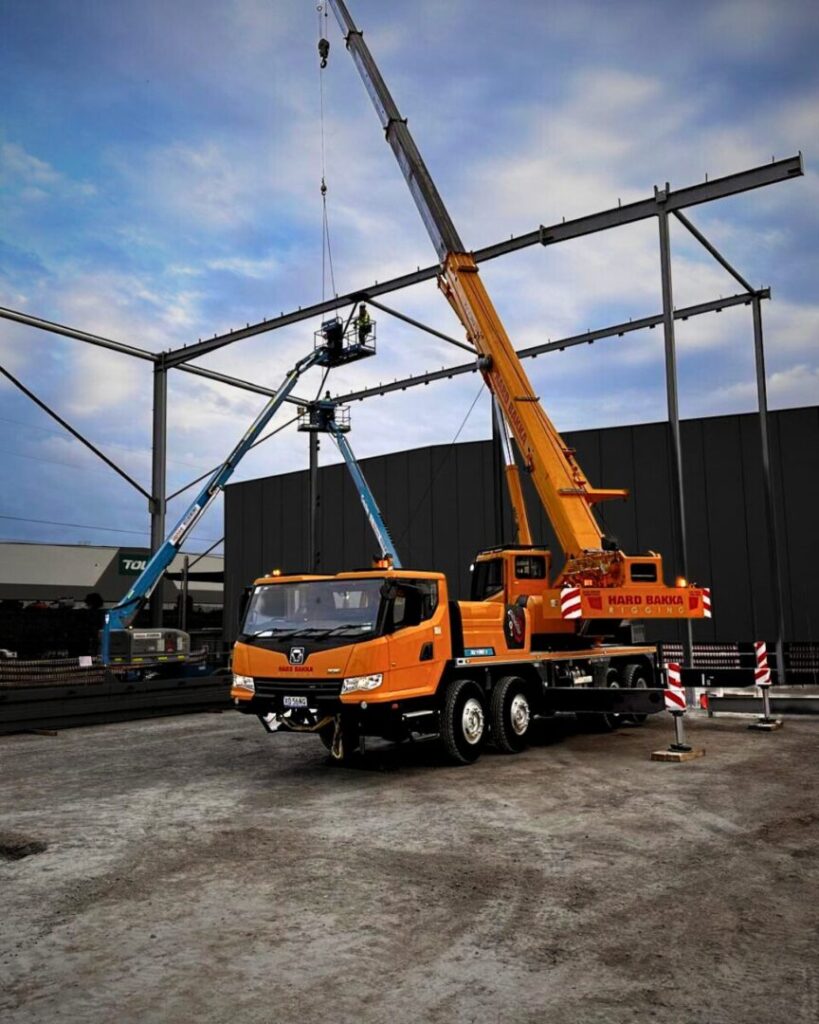Rigging Services: Key Components and Best Practices for Safe Lifting
Discover how expert rigging services ensure safety, efficiency, and precision in industrial and construction projects.
What Are Rigging Services?
Rigging services involve the safe lifting, movement, and positioning of heavy loads using specialised equipment and techniques. These services are crucial in industries such as construction, energy, manufacturing, and infrastructure, where accurate load handling is essential to avoid costly errors and accidents.
Professional rigging crews bring certifications, experience, and the technical know-how required to execute high-risk operations safely. With the right team, projects stay on schedule, equipment is protected, and safety is prioritised at every step.
.
Essential Equipment in Rigging Operations
Cranes
Different types of cranes—mobile, tower, and overhead—enable both horizontal and vertical load movements. Choosing the right crane is key to ensuring load stability and operational efficiency.
Hoists
Hoists provide precise lifting or lowering. Whether electric, manual, or pneumatic, each type offers different load capacities suited for unique project needs.
Slings
Available in wire rope, chain, or synthetic materials, slings support loads during lifts. The right type depends on weight, shape, and working environment.
Shackles
Shackles serve as connectors between rigging components. They are built for heavy loads and are essential for creating secure attachments during lifts.
Core Rigging Techniques
Hitch Types
Techniques like the basket, choker, and vertical hitch allow riggers to stabilise and position loads more effectively.
Load Balancing
Balancing the load is crucial. It prevents tipping or shifting and ensures the weight is distributed evenly across all lifting points.
Tandem Lifting
For oversized or unusually shaped loads, tandem lifting involves using two cranes simultaneously, improving control and safety.
Industries That Depend on Rigging Services
- Construction: Lifting steel beams, frames, and structural components
- Manufacturing: Installing and relocating heavy machinery
- Energy & Mining: Handling turbines, generators, and mining infrastructure
- Events & Entertainment: Securing lighting rigs and large set pieces
Benefits of Hiring Experienced Riggers
1. Safety First
Experienced riggers follow strict industry standards, including WHS and AS/NZS certifications. This helps prevent accidents and protects your team and assets.
2. Operational Efficiency
Rigging experts streamline the lifting process with precise planning and the right equipment. This speeds up timelines and lowers overall costs.
3. Compliance and Confidence
With certified riggers, you ensure full compliance with regulatory standards—reducing liability and ensuring every lift is carried out safely and legally.
Choosing the Right Rigging Provider
Before hiring a rigging team, ask the following:
- Do they have experience in projects similar to yours?
- Are their tools and equipment well-maintained?
- Are their staff certified and trained in line with industry standards?
- Do they have a proven safety record?
For example, at Hard Bakka Rigging, we specialise in structural steel, transport, and complex industrial rigging operations across NSW and beyond. We provide complete, compliant, and cost-effective solutions.
Planning and Executing Lifts: What Rigging Engineers Do
Rigging engineers play a pivotal role in project planning and onsite supervision. Their responsibilities include:
- Calculating Load Weights: Ensuring equipment capacity matches the weight to be lifted
- Developing Rigging Plans: Documenting every lift with precise methods and safety protocols
- Supervising Operations: Monitoring the rigging team during critical lifts and making real-time adjustments when needed
.
FAQs
Q1: What are rigging services used for?
Rigging services enable the safe and efficient lifting of heavy or oversized items in industries like construction, energy, and events.
Q2: What equipment is commonly used?
Cranes, hoists, shackles, and slings are core components. Each plays a unique role in ensuring lifts are secure and balanced.
Q3: How do I choose a reliable rigging company?
Look for strong safety records, industry certifications, modern equipment, and relevant project experience.
Q4: What safety standards should a rigging team follow?
In Australia, Safe Work Australia and AS/NZS standards are essential for ensuring compliance and safety on-site.
Q5: How can Hard Bakka Rigging help?
We offer end-to-end rigging solutions—planning, equipment, execution, and supervision—with certified professionals and proven results.
Let’s Talk About Your Project
At Hard Bakka Rigging, we deliver high-quality rigging services tailored to your unique industrial needs. From heavy lifting to structural steel installation, we ensure every job is handled with precision and care.
📞 Call 0405 722 721
📧 Email sales@hardbakkarigging.com.au
🌐 Visit our website



